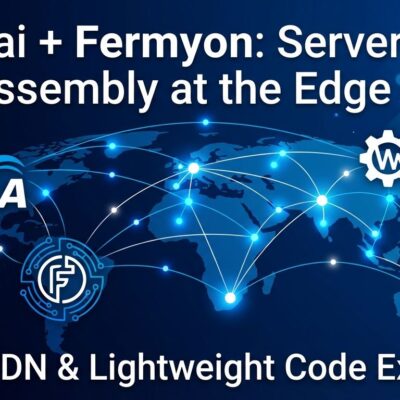
Microsoft has released the source code for Zork I, II, and III under the MIT License, making one of gaming’s most influential text adventures open-source nearly five decades after its creation. The code, written in ZIL (Zork Implementation Language), offers developers a rare look at how Infocom built games that defined an entire genre.
What Microsoft Released
The source code for all three original Zork games is now available on GitHub under the MIT License. This means anyone can study, modify, and redistribute the code freely. Microsoft inherited the Zork intellectual property through its acquisition of Activision Blizzard, which had owned Infocom since 1986.
The games are written in ZIL, a dialect of MDL (MIT Design Language), which is itself a LISP variant. If you’ve never seen LISP-family code applied to game development, the repositories are worth exploring for that alone.
The Z-machine: Write Once, Run Anywhere in 1979
Here’s what makes this release technically interesting beyond nostalgia: Infocom created the Z-machine virtual machine in 1979 – sixteen years before Java’s JVM popularized the same concept.
The Z-machine allowed Infocom to write games once and run them on CP/M, DOS, Apple II, Commodore 64, and dozens of other platforms. Sound familiar? The philosophy that powers WebAssembly today was already working in text adventures when most developers were still writing platform-specific assembly.
The interactive fiction community still uses the Z-machine today. The Inform programming language compiles to Z-machine bytecode, keeping this nearly half-century-old architecture relevant.
Why Developers Should Care
This isn’t just about revisiting “You are likely to be eaten by a grue.” The Zork source code demonstrates how constraints breed innovation.
Infocom’s developers had kilobytes to work with, not gigabytes. Their natural language parser – which understood commands like “put the brass lantern in the trophy case” – was sophisticated for any era, let alone 1980. Studying how they achieved this with severe memory limits is genuinely educational.
The code also shows clean architecture principles. Room definitions, object properties, and game logic are separated in ways that would feel familiar to any modern developer. Good design patterns transcend decades.
Code Preservation Wins
Microsoft’s decision to open-source Zork reflects a growing recognition that historic code belongs in the public domain. Too much gaming history exists only in abandonware archives or private collections. When rights holders release source code, they preserve not just entertainment but engineering knowledge.
The repositories already have over 2,100 combined GitHub stars. Developers are reading, forking, and learning from code that might otherwise have stayed locked in corporate archives forever.
What You Can Do With It
The MIT License is permissive. You can build modern Zork interpreters, create ports for new platforms, use the code as a teaching resource, or simply satisfy your curiosity about how games worked before graphics dominated.
If you’ve ever wondered what “real” game development looked like before engines, frameworks, and tutorials existed everywhere, the Zork repositories are a time capsule worth opening.

